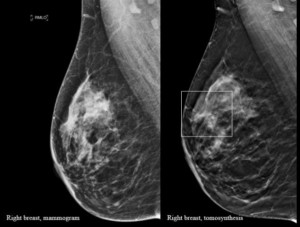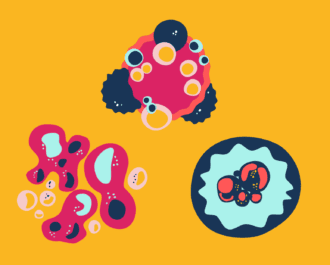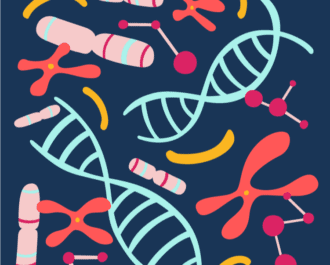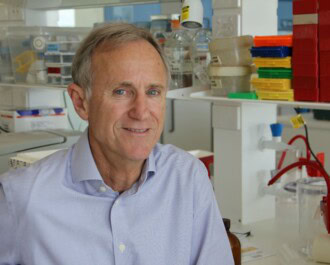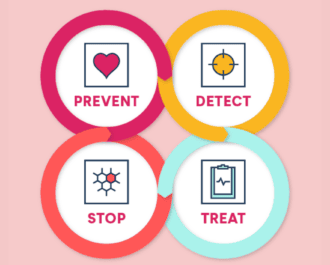
Recent results from a landmark Australian pilot trial of 3D mammography (known as tomosynthesis) led by NBCF-funded researcher Professor Nehmat Houssami, from Sydney University, showed that breast cancer detection rates are higher than with the standard 2D mammography. Findings from the trial, in which 10,046 women participated, have provided the basis to plan a large-scale study comparing 2D and 3D mammography for breast screening in Australia.
From the trial it was revealed that breast cancer detection and recall for assessment, were both higher with 3D mammography than 2D mammography.
“We found that tomosynthesis screening was feasible to implement at BreastScreen Maroondah, with a low opt-out rate, and could increase the breast cancer detection rate,” Professor Houssami and her team said.
“However, it also had disadvantages, such as longer screen reading times”, they added.
Image supplied by Dr Darren Lockie (radiologist). Eastern Health Breast and Cancer Centre, Melbourne, Vic.
Before 3D population screening can be implemented nationally it has to be shown that it can improve long term outcomes and that any harmful effects of 3D screening are outweighed by its benefits.
Earlier this year, Victorian state government funding recently announced will enable innovative 3D breast imaging technology to be rolled out across the state by mid-2020. The new technology is more sensitive at detecting early stage breast cancer, speeding up diagnosis and providing better outcomes for women.
The $1.8 million package will fund six new digital breast tomosynthesis machines across the state. Tomosynthesis is an advanced form of mammography, which uses a series of low-dose X-ray to capture multiple images from various angles to create 3D images of the breast. One of the main advantages of the technique over the standard mammogram is that the breast tissue is ‘spread out’ which reduces overlapping of the tissue which can hide abnormalities and also make normal tissue appear suspicious.
The announcement was made by Victorian Minister for Health, Jenny Mikakos.
“We’re making it easier for women to get an early diagnosis by rolling out the latest 3D imaging technology to give them the best shot at beating cancer,” Ms Mikakos said. “Early diagnosis is the key to surviving breast cancer and 3D imaging means more women can get a more accurate picture with faster results, and less unnecessary and invasive follow-up testing at no expense to eligible women.”
The new 3D imaging will be available to women in the BreastScreen Victoria program who are called back for assessment of a positive screen. The machines will be based at the North Western BreastScreen Victoria Reading and Assessment Service at the Royal Melbourne Hospital and at services in Ballarat, Bendigo and Traralgon. There will also be two machines at Monash Health in East Bentleigh.
“For now, this new technology will only be offered to women that are called back for more tests, streamlining the diagnosis so that women can be cleared or start treatment sooner,” explained Professor Nehmat Houssami. “However, it is not used as the main screening test, only mammography is recommended for screening”
The pilot trial was published in the Medical Journal of Australia. NBCF is proud to have contributed to the funding of this study.
More News Articles
View all News
